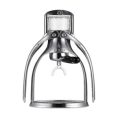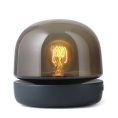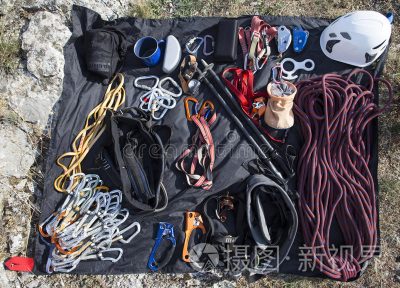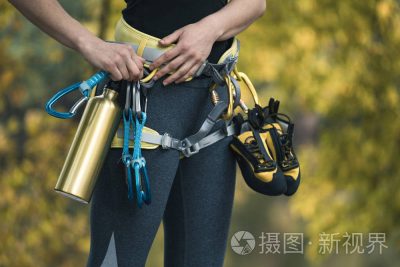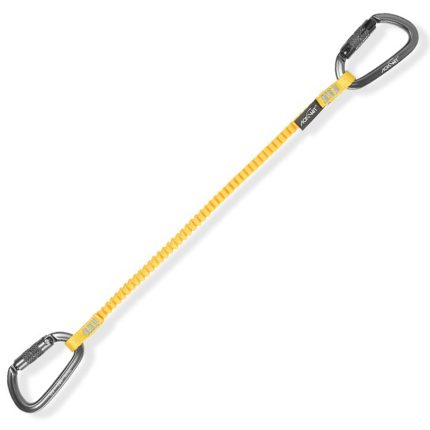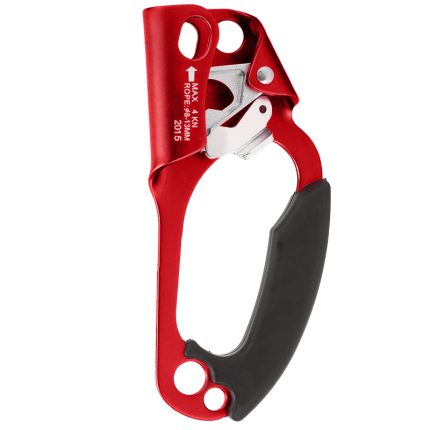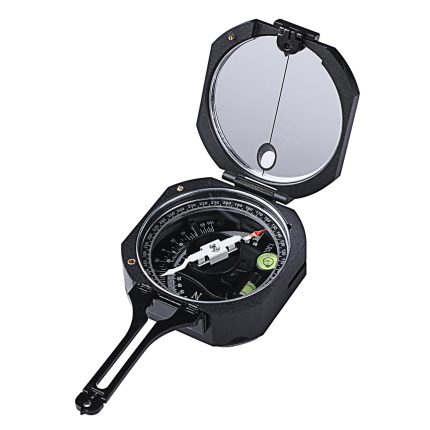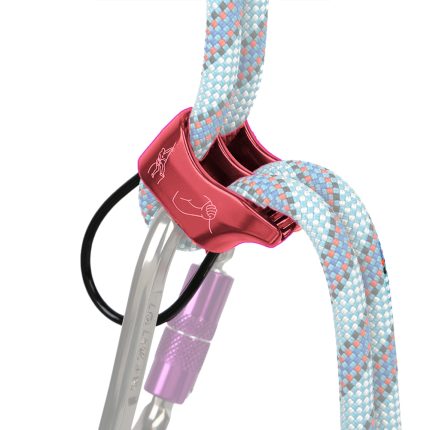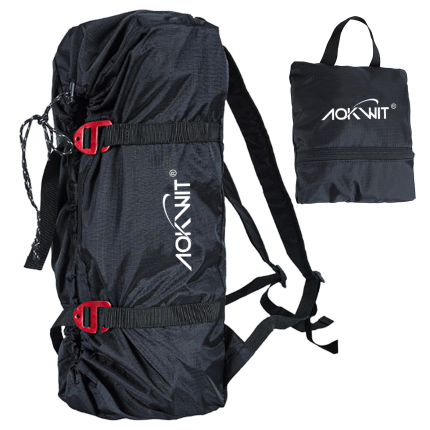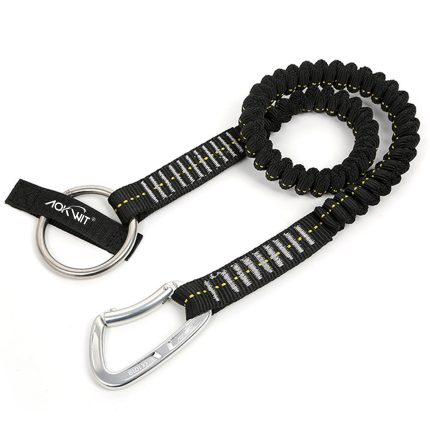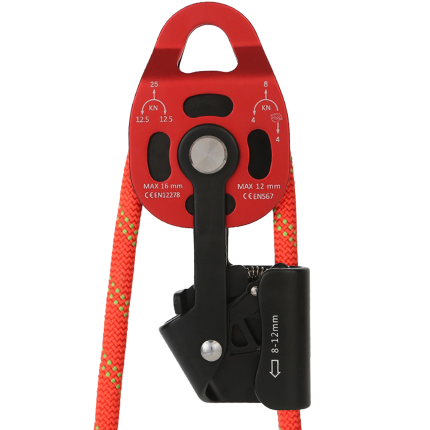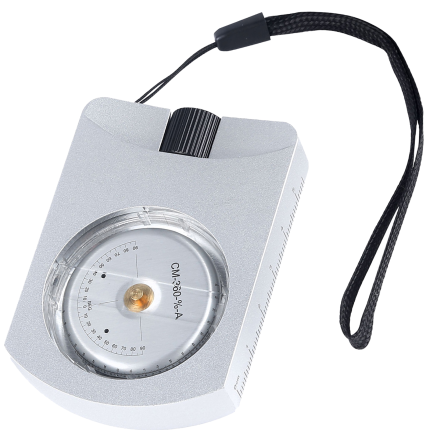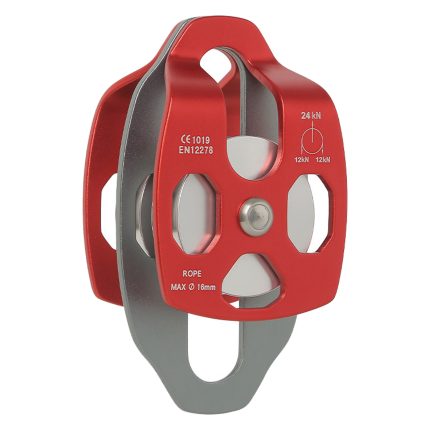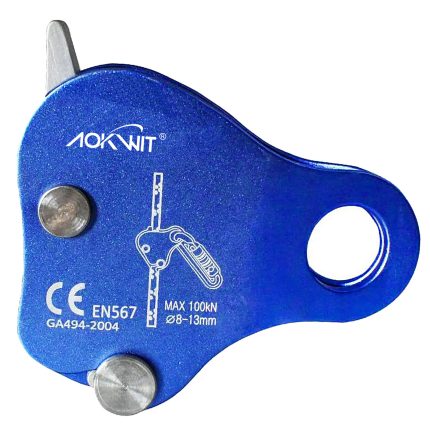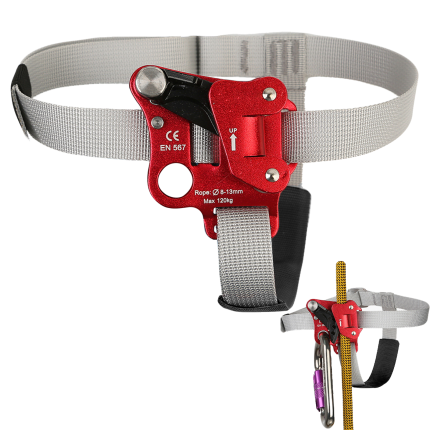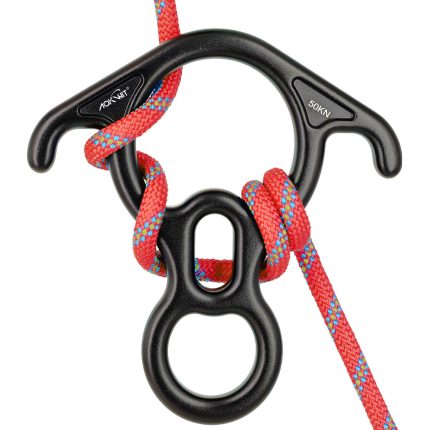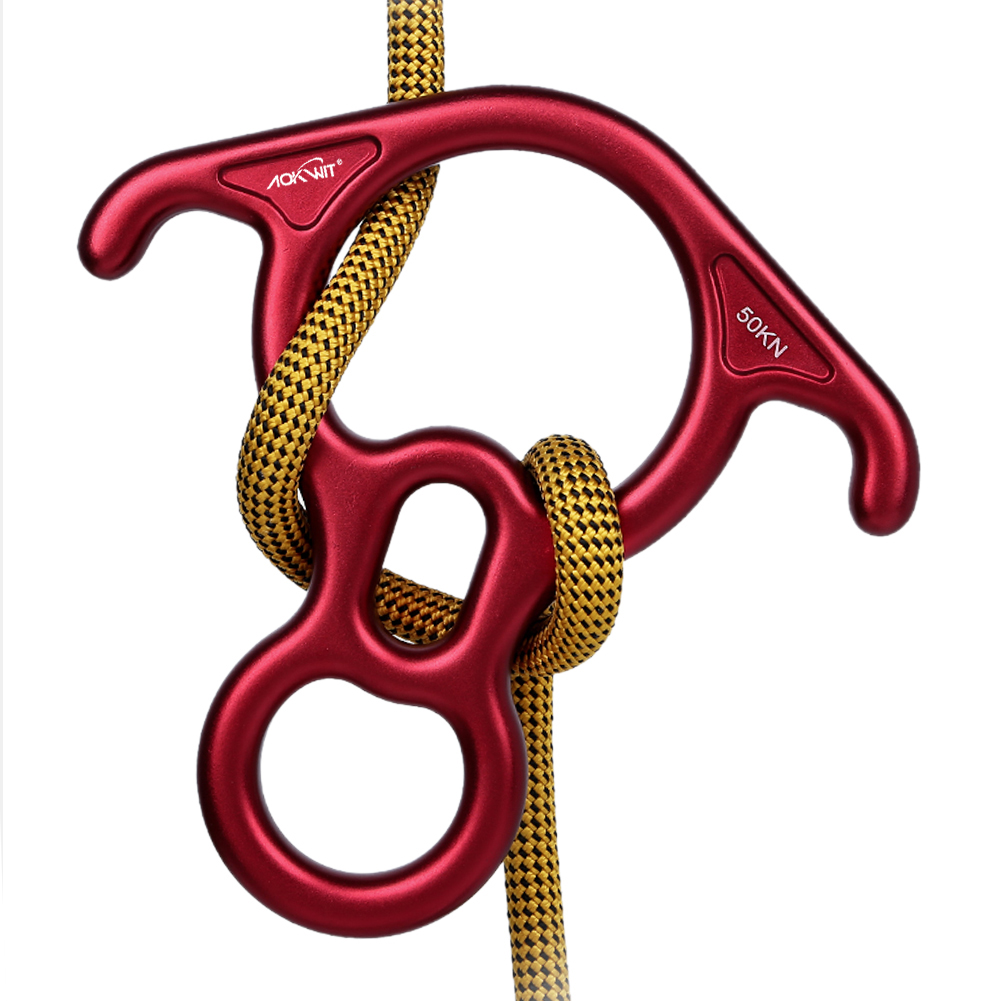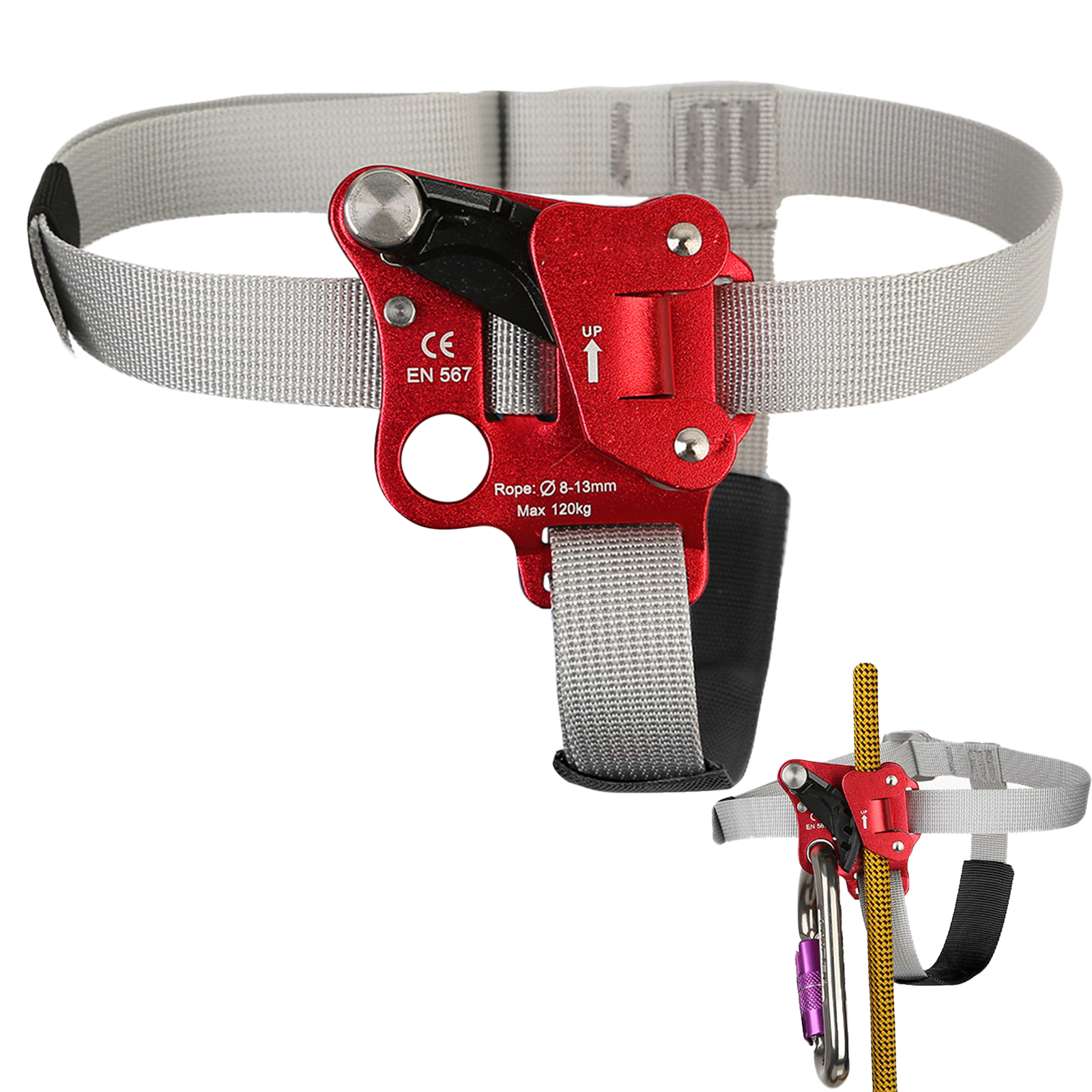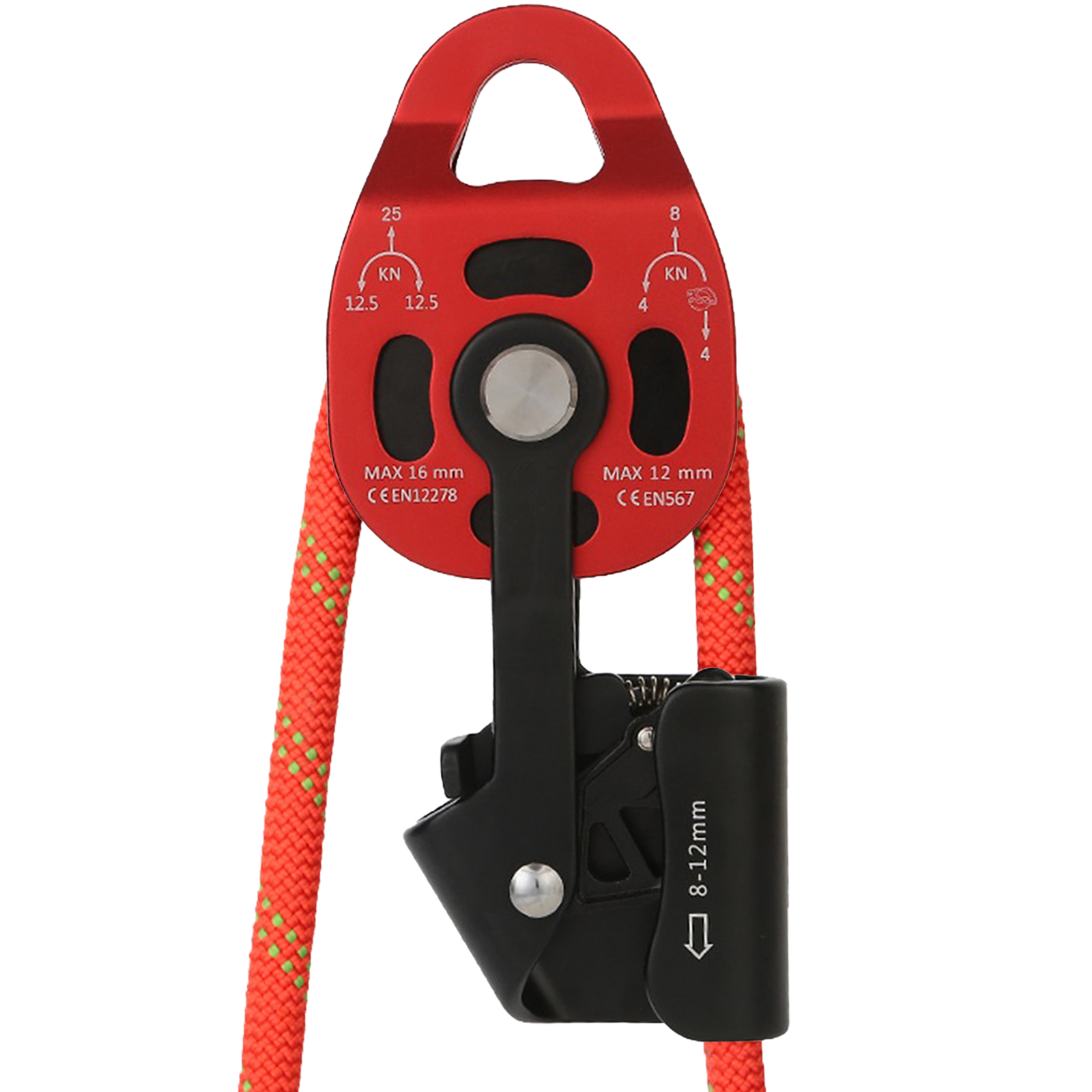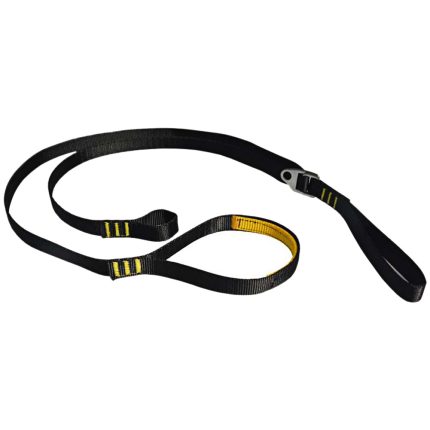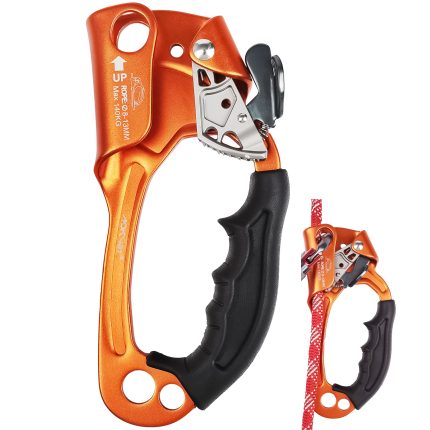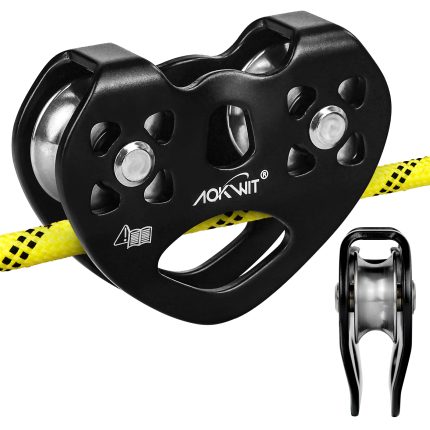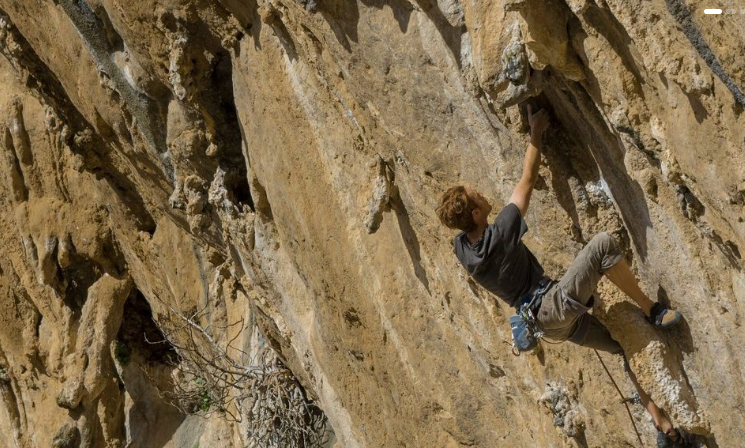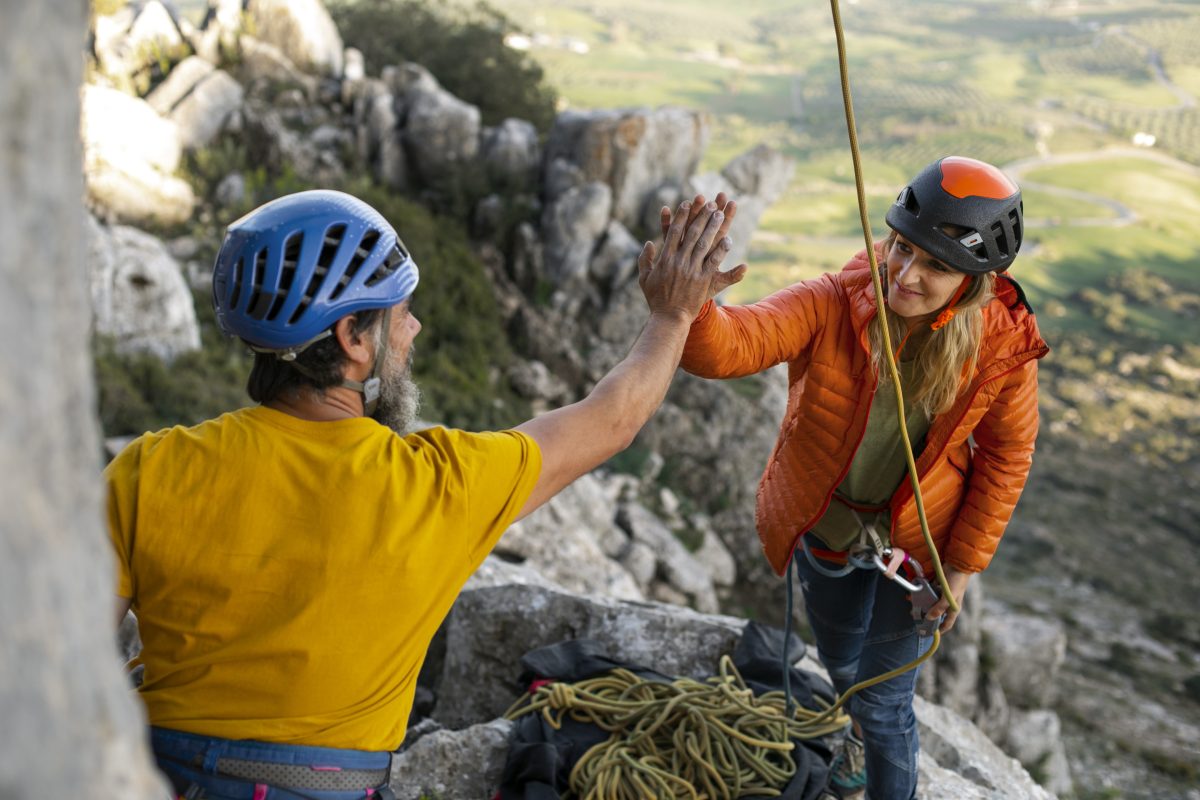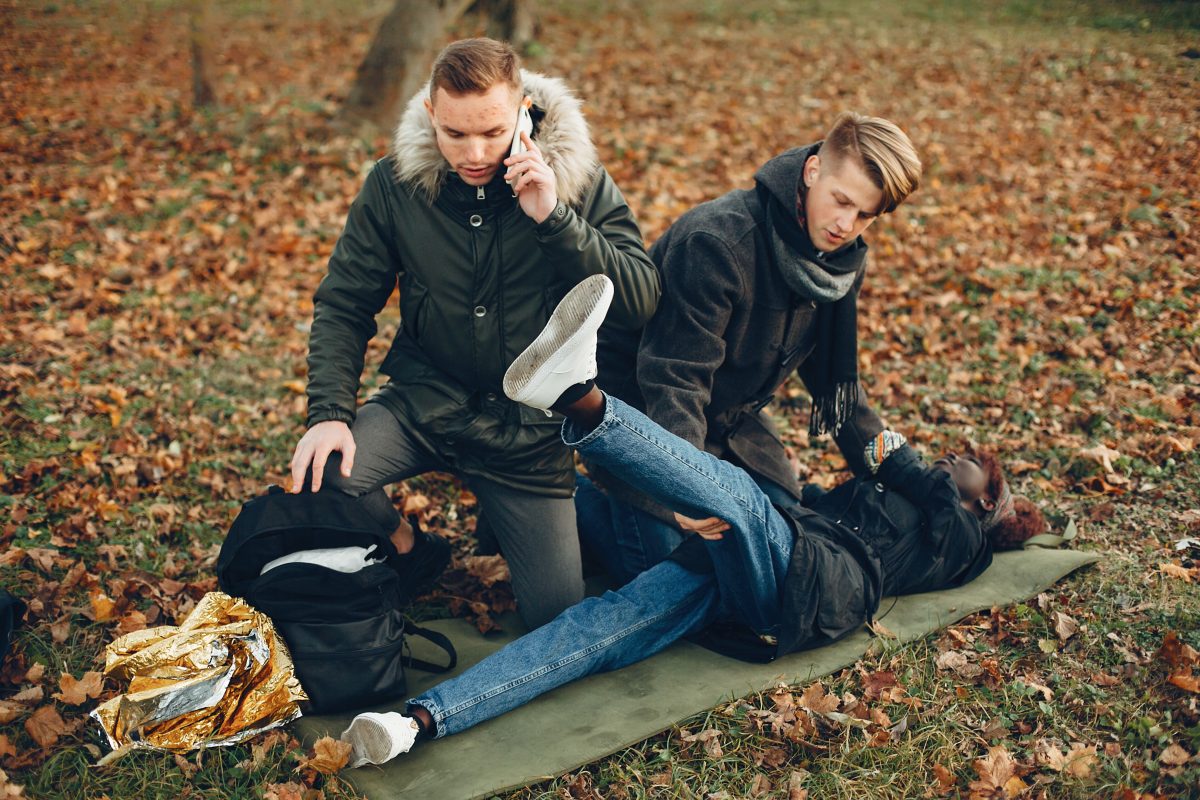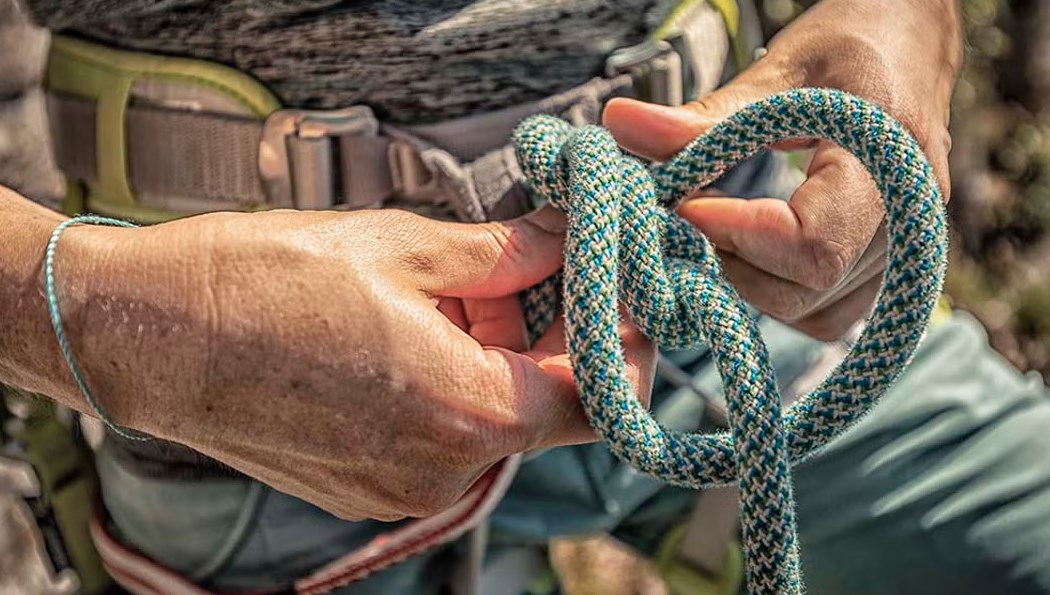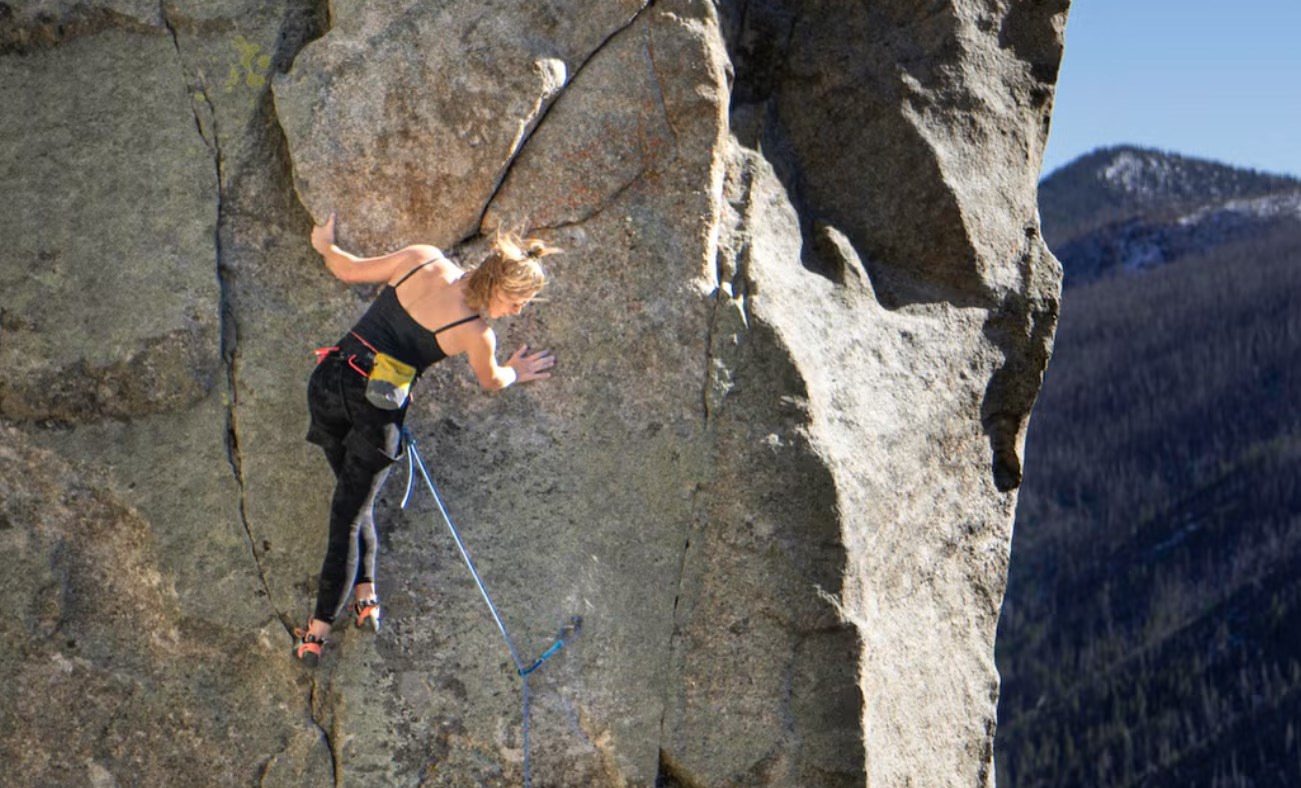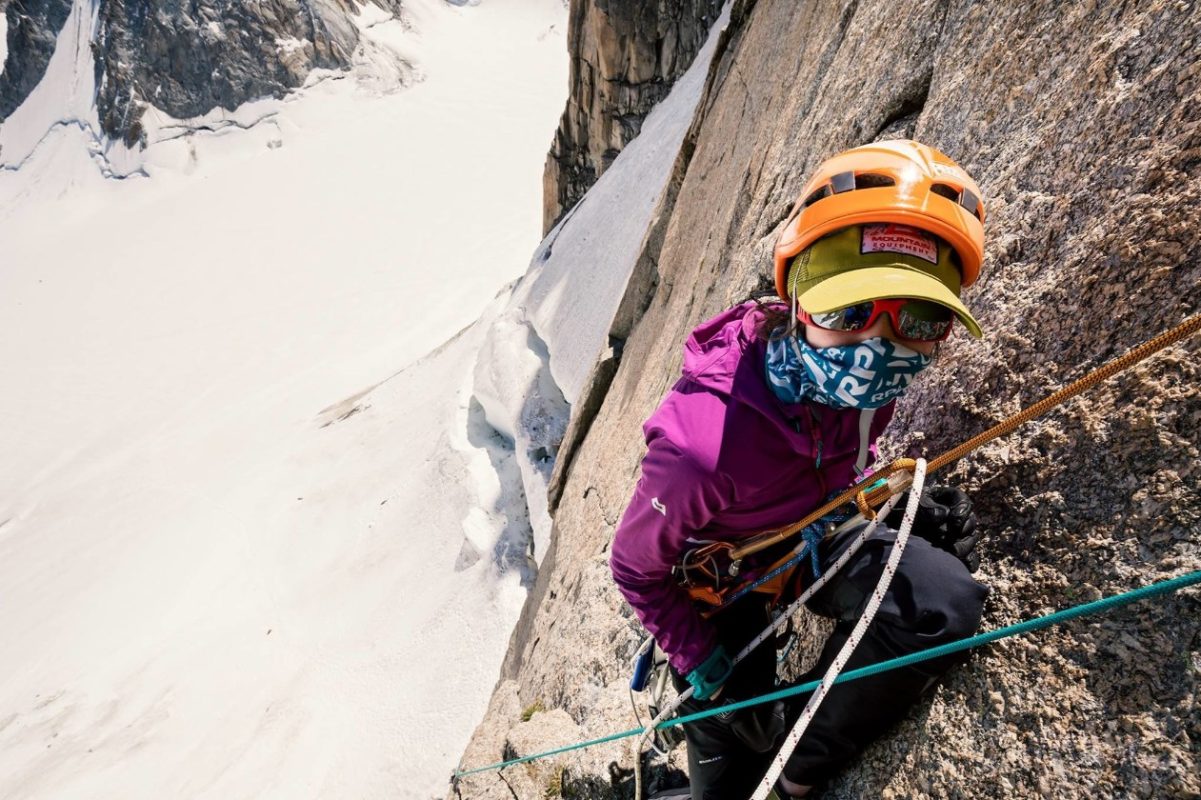Stretching Essentials Before & After Rock Climbing
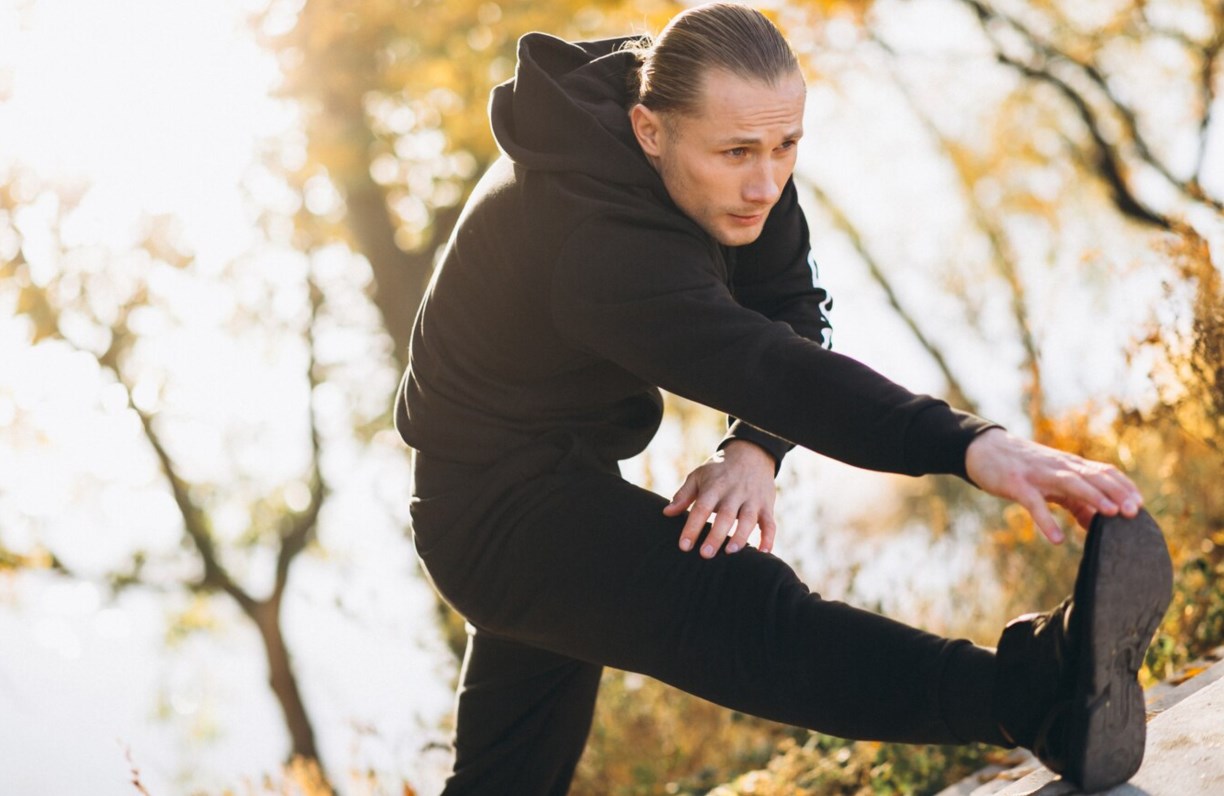
Stretching is one of the primary methods to improve flexibility for rock climbing. However, the following points should be noted during stretching to prevent sports injuries.
1.Warm Up Before Stretching
For example, light jogging can increase body temperature, preparing muscles and tendons for activity. This enhances the effectiveness of stretching and reduces the risk of injury caused by improper stretching.
Do not hold your breath while stretching; instead, breathe slowly and deeply. Holding your breath increases oxygen debt, disrupts coordination, and raises the likelihood of injury.
2.Stretch Both Before & After Exercise
Most people only remember to stretch before exercise. After a workout, despite muscle soreness and fatigue, it is essential to perform gentle stretching again. This helps reorganize muscle fibers, accelerates recovery, and improves muscle condition for future sessions.
3.Perform Stretches Slowly & Gently
Avoid sudden or forceful pressure.
The goal of stretching is to utilize the elasticity and extensibility of muscles and tendons, stimulating neural feedback from muscle spindle nerves and tendon sensory receptors to gradually increase stretching potential and tolerance.
Both dynamic (rhythmic) and static stretches (held for over 30 seconds) are effective when performed gently. Avoid aggressively forcing stretches beyond your normal range or allowing others to apply external force, as improper pressure can cause injury.
4.Target Different Muscle Groups
For a single movement, multiple muscles often work synergistically. Due to anatomical differences, these muscles may require distinct stretches. In addition to synergistic muscles, antagonistic muscles (opposing muscle groups) must also be stretched equally. Neglecting certain synergistic muscles may lead to failure in extreme movements, while tight antagonistic muscles can cause imbalance and injury during intense contractions.
5.Never Stretch to the Point of Pain
Stretching should induce a sensation of “tension” or “mild soreness,” but never pain. A feeling of tension or soreness indicates proper activation of muscle sensory neurons, whereas pain signals that you are nearing the threshold of injury.


